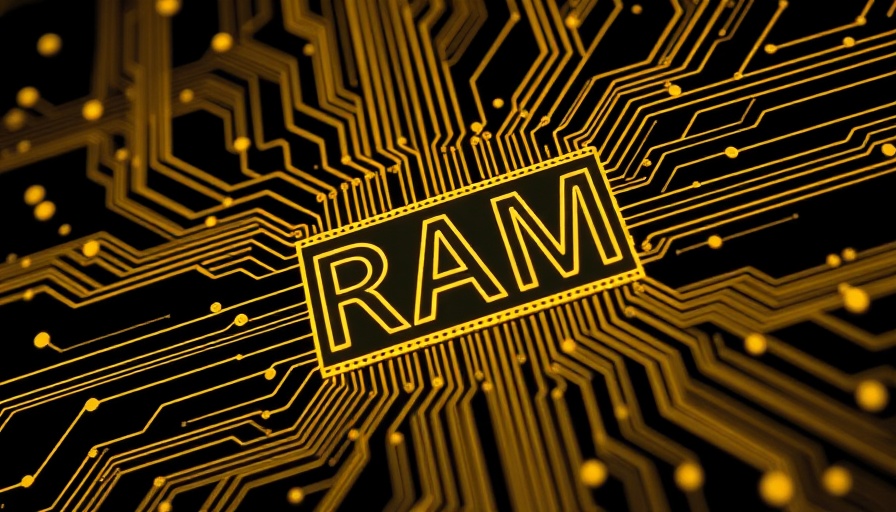
Revolutionizing Memory: The Next Generation of SRAM Technology
The recent unveiling of advanced SRAM technologies at the IEEE International Solid State Circuits Conference (ISSCC) has highlighted the noteworthy advancements made by industry giants Intel and TSMC. Both companies showcased their newly developed capabilities linked to their latest fabrication processes—Intel's 18A and TSMC's N2—promising to redefine the boundaries of memory integration in semiconductor devices.
Achieving New Heights in Memory Density
One major revelation came with the announcement that both Intel and TSMC achieved a previously unattainable SRAM density of 38.1 megabits per square millimeter. This achievement represents a significant 23 percent boost for Intel and a 12 percent gain for TSMC, which illustrates their ongoing commitment to pushing the limits of memory technology despite the known challenges in scaling down SRAM components.
The Power of Nanosheet Transistors
Both chipmakers have adopted a new transistor architecture known as nanosheets, a technology that has already been implemented by Samsung in prior generations. Unlike traditional fin-shaped transistors that require additional fins to increase current capacity, nanosheet transistors utilize stacks of silicon ribbons. This innovation provides a more flexible design that allows chipmakers to customize the width of nanosheets on a per-device basis, resulting in improved power efficiency and performance optimization.
Performance Gains Across Technology Generations
Synopsys also made headlines by unveiling an SRAM design based on previous generation transistors, achieving the same memory density as Intel and TSMC but at significantly lower speeds. This contrast demonstrates the pronounced performance advantages that come with the latest technologically advanced processes such as TSMC's N2, which is poised to bridge the gap between performance and energy efficiency in future applications.
The Future is Bright for Semiconductor Memory
As semiconductor manufacturing continues to evolve, the implications of these advancements reverberate through various tech sectors. The breakthroughs seen at the ISSCC not only signify a competitive landscape for major players but also indicate a promising trajectory for device performance in the realm of high-speed computing, storage, and beyond. Enhanced SRAM capabilities are particularly crucial as industries strive for more efficient processing in data-heavy environments, signaling that the semiconductor landscape is set to undergo significant transformation in the coming years.
 Add Row
Add Row  Add
Add 




 Add Row
Add Row  Add
Add 

Write A Comment